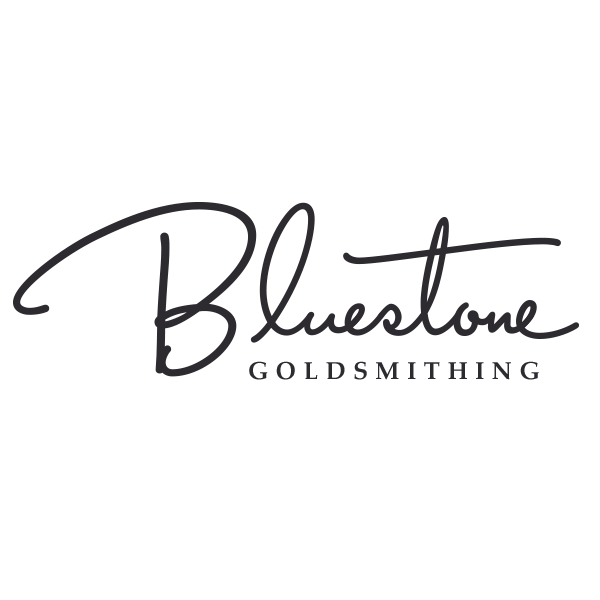All About Metals
Choosing between white gold, yellow gold, or platinum is as much as matter of personal preference as it is of budget. Before you make a final decision, it is worth weighing the pros and cons of the various types of engagement ring metals.
Rose Gold
Rose gold is also known as red gold or pink gold. The difference between red, rose and pink gold is their copper content. The higher the amount of copper in gold, the more pronounced the red color. Pure gold is a deep yellow color and pure copper is reddish. The color of rose gold is between those two colors, depending on its individual composition.
Yellow Gold
Yellow gold is the most common, mainly because gold is yellow in its natural state. The yellow gold used in fine jewelry is typically alloyed with silver and copper; its color depends on the amount of pure gold in the alloy. The advantages of gold are that is does not corrode, tarnish or rust, so it can be counted on to provide lasting beauty. And even though it is strong, gold is more "flexible" than the other precious metals.
The House of Bluestone Goldsmithing uses 18k gold.
White Gold
The House of Bluestone Goldsmithing offers white gold in 18K, which is made up of pure gold along with other metals (nickel, zinc, etc.) – This gives it its white color. White gold also gives the overall look of platinum, but is notably less expensive.
Platinum
Platinum has grown increasingly popular in recent years due to its beauty and durability. Platinum’s rich, even color and sheen makes it a popular choice for engagement ring settings, as these qualities magnify the sparkle and brilliance of diamonds that are set in the metal. An added bonus of platinum’s 90-95% purity grade is that it rarely causes any allergic reaction, and is therefore the ideal metal choice for people with metal or contact allergies. The annual worldwide production of platinum is approximately 160 tons, compared to 1,500 tons of gold. This is why platinum is more expensive than the other precious metals.

